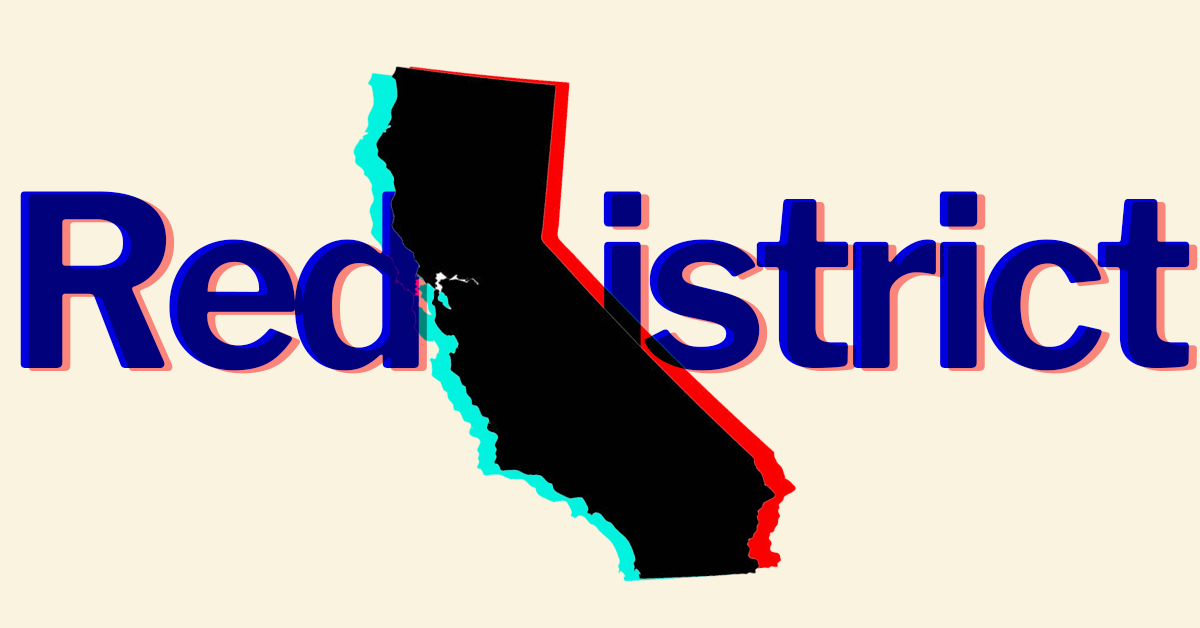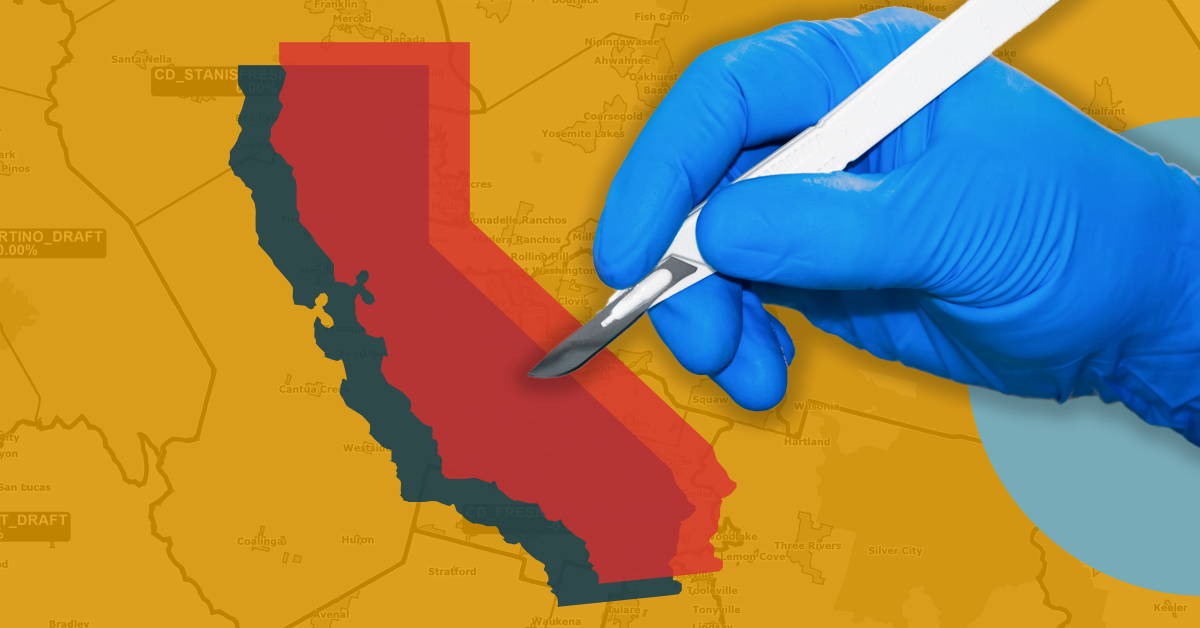Following months of back-and-forth, countless hours of public testimony, and a lengthy Monday hearing, the California Citizen’s Redistricting Commission finally approved the state’s new Congressional, State Senate and Assembly district maps.
Though the commission took one week longer than expected to draw the Congressional maps, the built-in buffer days of Tuesday and Wednesday will not be needed as the many late nights and weekends paid off in the end.
Because the COVID-19 pandemic delayed 2020 Census results to April, the commission had to wait until then to even know that California will lose a Congressional seat for the first time in its history.
But the state did not receive the actual census data until August, meaning the commission was unable to effectively start the line drawing process until then, previously stuck with only public comment to work with for many months.
Dozens of outreach and commission meetings later, the draft maps were released in November, providing an initial outlook for the new districts.
From November through Monday, the commission seemingly re-drew new maps each day, with the dozens of iterations that were produced for districts across the state.
The reverberations from these day-to-day shake-ups were as prevalent in the Central Valley as it was anywhere in California.
While the rough shape of the draft maps was held for the final version, the countless number of tweaks and changes made by the commissioners led to highly altered districts on Monday.
For example, the proposed Congressional “ECA” district in November sprawled from Lake Tahoe to Death Valley along the Sierra Nevada Mountains and anchored itself in Modesto.
Monday’s finalized 5th Congressional District combined north Fresno with Modesto and much of the western Sierra Nevada Mountains while expanding a north-south district along the easter Sierra Nevada Mountains that has a population base in Roseville.
One of the other major changes to the Congressional map was the introduction of the “arm,” which connected what is projected to be House GOP Leader Kevin McCarthy’s district to Visalia, Tulare, Hanford and Lemoore.
Senate rotation set
With the new district lines comes a new rotation for which state senators will be up for reelection in 2022.
The Central Valley will see almost all of its representatives running a campaign through the next year if they seek to remain in the Senate.
Since half of the 40 Senate seats are up for election every two years, 2022 will see all even numbered seats be contested.
That means Senators Andreas Borgeas (R–Fresno), Shannon Grove (R–Bakersfield), Anna Caballero (D–Salinas) and Melissa Hurtado (D–Sanger) all have one year left in their current seats.
The only representative in the Central Valley whose term will extend until 2024 is Stockton Democrat Susan Eggman (D–Stockton).









